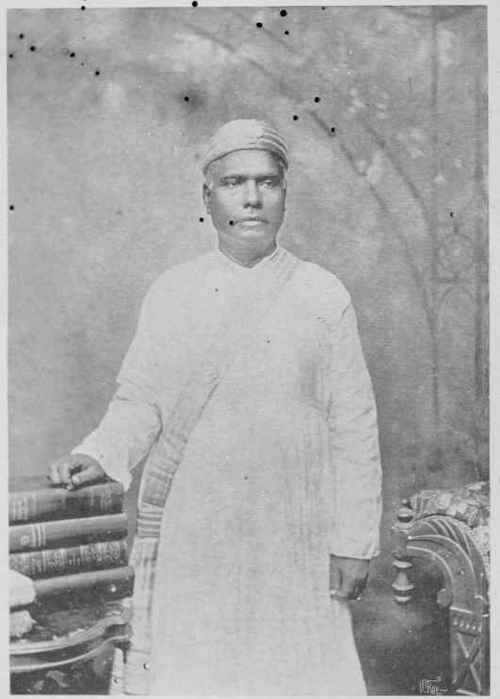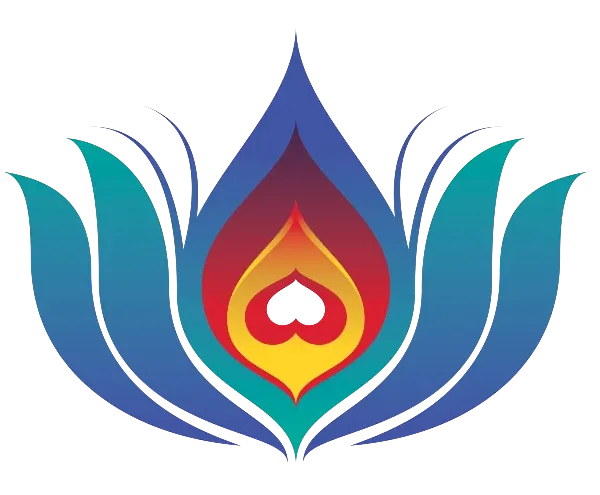Sushruta & his Samhita - Part 4 - A Saṃhitā without Sushruta

Our search for Sushruta has so far thrown up several pointer that he was the Father of Surgery, but we still haven’t found the man himself. So how do we find him — why, through the most important marker ofcourse, the Sushruta Samhita.
The Samhita that we know today is written by the Buddhist philosopher Nagarjuna who has compiled it based on the information available to him in his times.
Searching on the Internet we find a plethora of articles, scholarly and academic papers and writings on this topic, but the most complete, trustworthy and wide-ranging academic publication of that by Kaviraj Kunjalal Bhishagratna. Titled “An English Translation of Sushruta Samhita” published in three volumes between 1907 and 1916.
Kaviraj studied all of the ancient hastalikhita ie; handwritten scriptures and wrote about all of the instances where the name Sushruta appears. These three volumes of impressive work are worth looking at and available online at the links below:
An English Translation of Sushruta Samhita — Vol 1-Sutrasthanam.
An English Translation of Sushruta Samhita — Vol 2-Nidana-Sthana,S’arira-Sthana,Chikitsa-Sthana and Kalapa-Sthana
An English Translation of Sushruta Samhita — Vol3-Uttara-Tantra
Anticipating the readers curiosity, in the very introduction itself, Kaviraj puts forth his questions — Who was Sushruta? When and where did he live and flourish? Impatiently, we read on, only to find that the one scholar who had studied all the known reference of Sushruta can at best offer us the following consolation.
“Lives of saints and canonised kings had been made use of in certain instances as themes of national epics. But they were intended more to elucidate the doctrines of certain schools of Ethics or Metaphysics than to record any historical fact or event…
…Hence the utter futility of attempts to explain a historical fact by the light of a votive medal or a tablet unearthed perhaps form the ruins of one of our ancient cities. Such an endeavour serves, in most cases, only to make the “darkness visible” and the confusion more confounded.”¹


Source: Sushruta Samhita — https://rarebooksocietyofindia.org
Kaviraj goes on to estimate that Sushruta lived 200 years before the Gautam Buddha, putting him at 800 BC. Some historians believe that he probably came after Buddha. What adds to the confusion further, is that the work published by Kaviraj, which looked at all of the hastalikhita mentions more than one Sushruta. He has even been mentioned during Mahabharata times!
So the quandary lingers without any definite answer. What makes it even more interesting, is the question whether Sushruta wrote the Samhita himself or whether it was compiled by one of the disciples in that lineage later on? Are we looking for a human or a demigod from the Puranas?
Alas, the one source we banked on to locate Sushruta sends us back empty handed! We find him everywhere in the writings but nowhere in history. The point is that Sushruta Samhita does not offer any clues regarding Sushruta himself or the period.
So now we need to continue looking for proof of life about Sushruta. All the better if we find this mention in a medicine or a surgery-related document to put our minds to ease. But this is not an easy task in itself because the handwritten scriptures that have survived the onslaught of plunders, looters and invaders, do not go too far behind in time.
The oldest copy of Rigved available at Pune’s Bhandarkar institute was authored in 1464 — but that does not mean Rigved itself is only 550 years old!! We need a more reliable way to find our man Sushruta.
With documentary evidence in Italy that they were undertaking skin grafting procedure in the 16th century. How can we claim Sushruta to be the father of surgery as we had originally claimed? How can we claim that the science developed in India before it did in Italy in the early 1600s? Was there an ancient scripture somewhere that Kaviraj had not considered?
Yes! There was indeed such a scripture found in the Leh part of India. The discovery of this scripture is no less than a Bond movie, full of murder mystery and drama.
This story gets exciting, so stay tuned for the next part.
Join this fascinating journey to find out more.
Twitter: https://twitter.com/MitraDesai
Youtube: http://bit.ly/TejomayaBharat?sub_confirmation=1
Resources:
1: Bhisagratna, K. (1907). An English Translation of Sushruta Samhita. [online] Rarebooksocietyofindia.org. Available at: https://rarebooksocietyofindia.org/book_archive/Sushruta%20Samhita%201.pdf [Accessed 21 Aug. 2019].

Comments ()